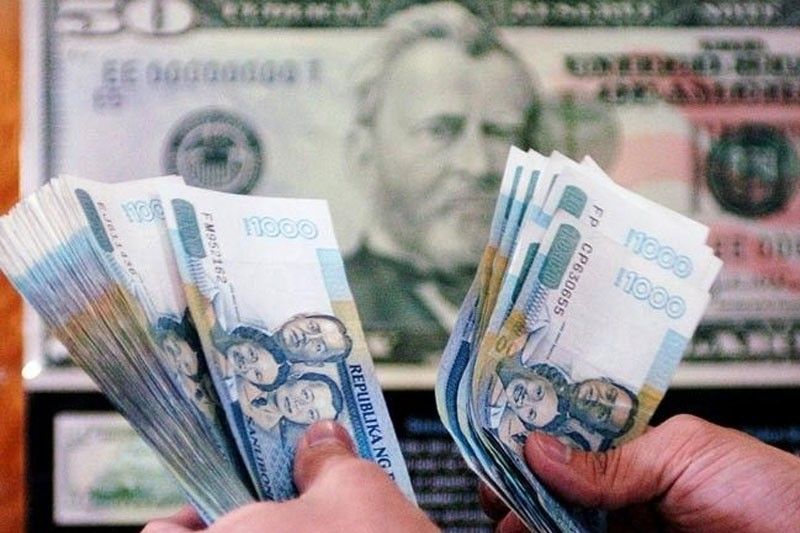‘Peso may weaken to 52.5 to $1 this year’

MANILA, Philippines — The peso may weaken against the dollar this year after emerging as the second best performing currency in the region and ending six years of consecutive losses last year, according to MUFG Bank.
In its Foreign Exchange Outlook 2020, MUFG said the peso may weaken to 52.50 to $1 this year amid strong demand for the greenback, bloating the country’s current account and trade deficits.
“We think the peso is likely to be back on a bearish trend in 2020. This is on expectations of the current account balance swinging back to a deficit, largely due to wider trade deficits driven in part by a surge in import of capital goods as the government ramps up infrastructure spending,” it said.
It said infrastructure spending in 2020 is expected to be the highest since the start of the Duterte administration in 2016 as government expenditure will be based on the 2020 budget and the re-enacted 2019 budget.
The administration has earmarked between P8 trillion and P9 trillion to bankroll crucial infrastructure projects until 2022.
MUFG said trading range for the local currency is expected to hover at 49.50 to 53.25 versus the dollar this year.
The peso, the Japanese bank said, may settle at 51.50 to $1 in the first quarter before depreciating further to 52 to $1 in the second quarter and to 52.50 to $1 in the third and fourth quarters of 2019.
The local currency appreciated by 3.7 percent to end 2019 at 50.635 compared to 52.58 to $1 in 2018.
MUFG said the peso was supported by global factors such as a softer dollar amid rate cuts by the US Federal Reserve, diminished no deal Brexit risks, and trade deal optimism toward the end of 2019.
On the other hand, it added domestic factors such as robust remittances from overseas Filipino workers as well as narrower trade deficit due to the drop in imports played a more important role in supporting the peso.
The Japanese bank said the Philippines managed to book a current account surplus of 0.8 percent of gross domestic product (GDP) in the third quarter of last year from a deficit of 2.1 percent of GDP in the first quarter.
- Latest
- Trending






























